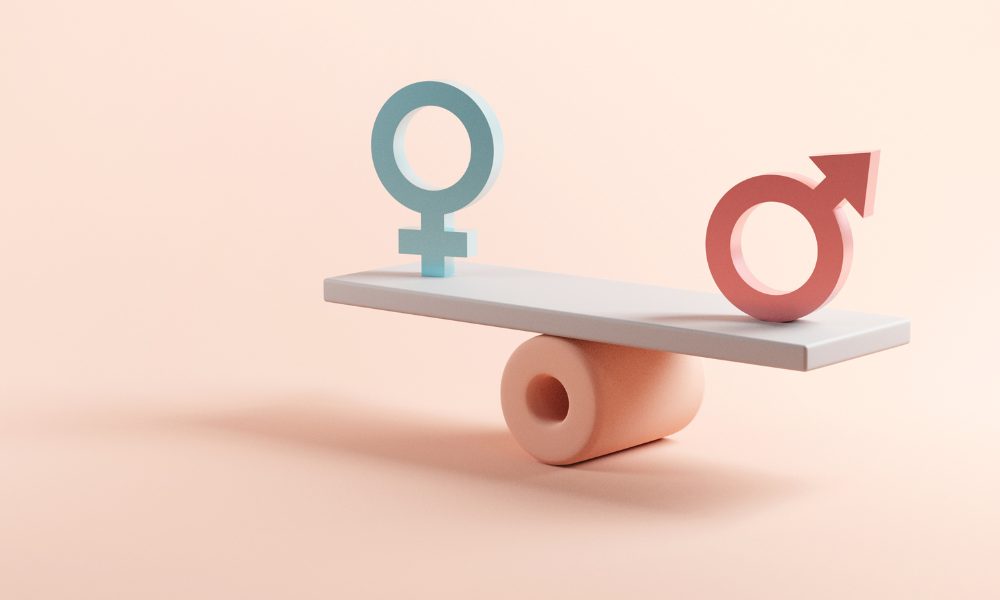
'Truly staggering' results also reveal gaps in gender earnings

Women's access to employment has remained the same over the past two decades, according to a new International Labour Organisation (ILO) brief, which was released ahead of International Women's Day.
The findings were pooled from new ILO indicator Jobs Gap, which captured all persons who do not have a job but would like to work.
According to the brief, the jobs gap rate in 2022 was at 12.3%, representing around 473 million people worldwide.
"This new indicator paints a picture of a pervasive lack of employment opportunities around the world — much larger than what the global unemployment rate of 5.8% suggests," the brief said.
However, the report found "truly staggering" results after an analysis of the jobs gap indicator by gender and country income group.
"Overall, the estimates point to severe difficulties faced by women in finding a job, particularly in the least developed countries," the report said.
As per the report, 15% of working-age women globally would like to work but do not have a job, much higher than the 10.5% of men.
But women belonging in the low-income and lower-middle-income groups in the developing world have it worse, according to the report.
For the low-income group, the jobs gaps rate for women is at 24.9%, with men at 16.6%. For the lower-middle-income group, the jobs gaps rate is at 17.4% for women and 11% for men.
Reasons for these rates include personal and family responsibilities for women that limit their availability for work. Job search discouragement is also higher for women than men, according to the brief.
"Globally, the gender disparity in the jobs gap has remained roughly unchanged in the last two decades (2005-2022)," the report said.
The brief also revealed that women are only earning 51 cents for every dollar a man earns.
"In low- and lower-middle-income countries, the gender disparity in labour income is sizeably worse, with women earning 33 cents and 29 cents on the dollar, respectively," the brief said.
For high-income and upper-middle-income countries, women's relative labour income hits 58 and 56 cents respectively per dollar earned by men, the brief added.
"The total gap in labour income is a consequence of the gender gap in average income per worker and the gender gap in employment," it said.
According to the brief, the new findings underscore the importance of improving women's overall employment participation and to address the gaps in job quality that they face.
Previous findings from other research also reflect these gaps between men and women in employment.
A recent study led by sociology professor Andrew Penner discovered that women are still underpaid for working the same jobs as their male counterparts.
This within-job gender pay discrepancy in Japan is at 26%. In South Korea, it is 19%, followed by the United States at 14%.
In Australia, the gender pay gap there dropped to a record-low 13.3%, according to the country's Workplace Gender Equality Agency, which still warned that this is only a "limited reflection of the true gender pay gap."